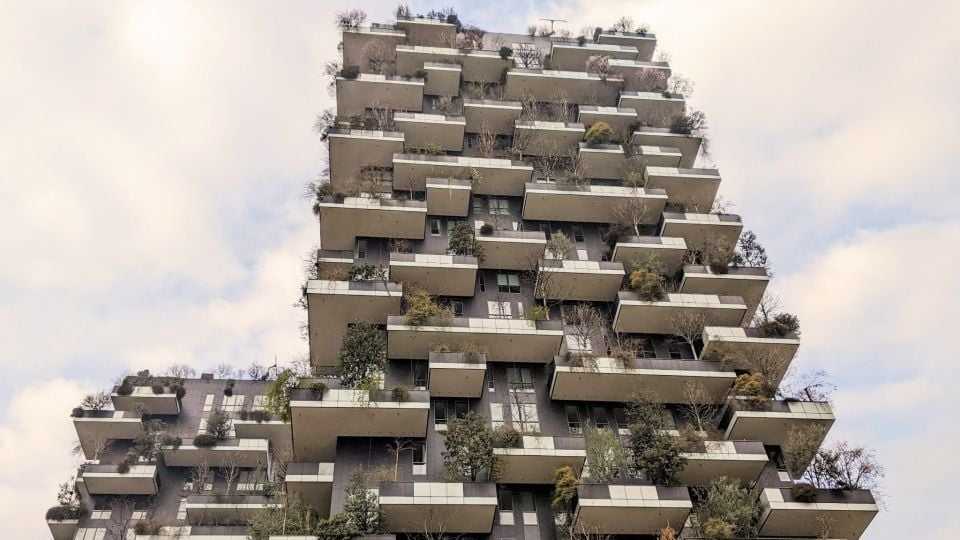Porta Nuova: Modern Architecture in Milan’s Skyline
Milan, a city renowned for its rich history and cultural heritage, has embraced modernity with open arms, particularly in the district of Porta Nuova. This area has become a symbol of Milan’s transformation into a contemporary metropolis, showcasing some of the most innovative architectural designs in Europe. Porta Nuova is not just a collection of buildings; it represents a new era for Milan, blending sustainability, technology, and urban living.
The Heart of Milan’s Urban Renewal
Porta Nuova is at the forefront of Milan’s urban renewal efforts. This district, which spans over 290,000 square meters, has been developed to revitalize a previously underutilized area of the city. The project has successfully integrated residential, commercial, and public spaces, creating a vibrant community hub. The development includes iconic structures like the Unicredit Tower, which is the tallest building in Italy, and the Bosco Verticale, a pair of residential towers that incorporate over 900 trees and 5,000 shrubs, promoting biodiversity and improving air quality. These buildings are not only architectural marvels but also serve as models for sustainable urban living.
Sustainability and Innovation in Design
One of the most striking features of Porta Nuova is its commitment to sustainability and innovative design. The district has been designed with a focus on reducing environmental impact and enhancing the quality of life for its residents. Many buildings in Porta Nuova are equipped with advanced energy-saving technologies, such as solar panels and rainwater harvesting systems. The Bosco Verticale, for instance, is a prime example of how architecture can harmonize with nature, providing a habitat for various species while offering residents a unique living experience. The district also features extensive green spaces, pedestrian-friendly pathways, and efficient public transportation links, making it a model for future urban developments.
Cultural and Social Impact
Porta Nuova is not just about architecture; it has a significant cultural and social impact on Milan. The district hosts numerous cultural events, art installations, and public gatherings, fostering a sense of community and cultural exchange. The Piazza Gae Aulenti, a central square in Porta Nuova, is a popular meeting place for locals and tourists alike, offering a dynamic space for social interaction. The area is also home to various cultural institutions, including the Fondazione Riccardo Catella and the Pavilion Unicredit, which host exhibitions and events that celebrate contemporary art and culture. Porta Nuova has become a symbol of Milan’s forward-thinking approach, attracting businesses, tourists, and residents who are drawn to its modern lifestyle and cultural vibrancy.
In conclusion, Porta Nuova stands as a testament to Milan’s ability to blend tradition with innovation. This district not only enhances the city’s skyline but also sets a benchmark for sustainable urban development worldwide. Whether you’re an architecture enthusiast, a sustainability advocate, or someone looking to experience modern urban living, Porta Nuova offers a glimpse into the future of city life.
